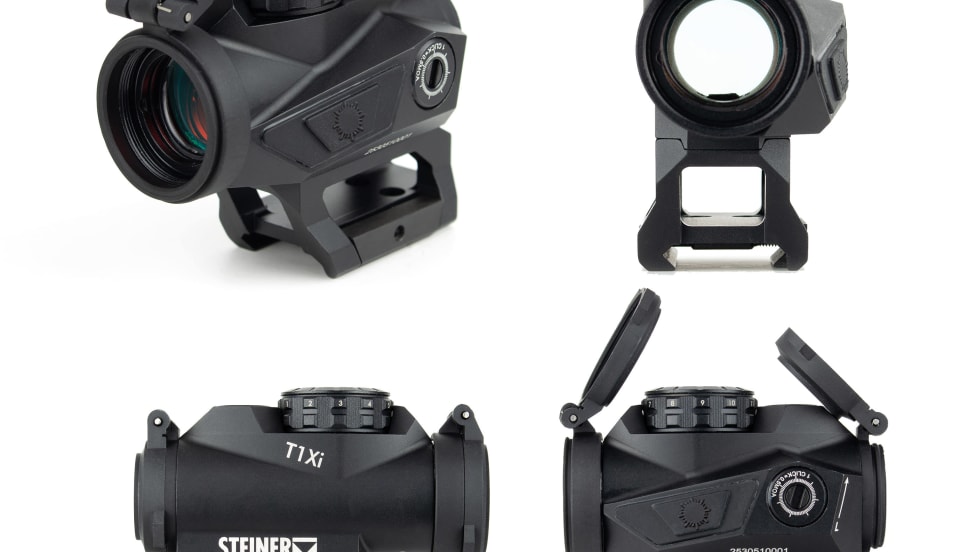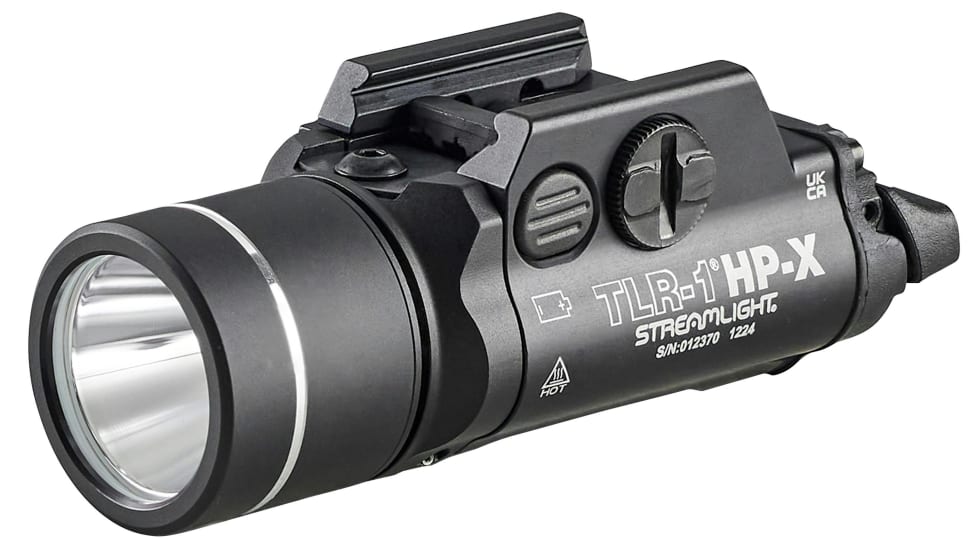Using reduced recoil loads from both Remington and Fiocchi, I was able to produce groups that averaged between two and 2.5 inches. I shot with my support hand holding the buttstock against my shoulder, and with each shot the forend, pushed against the rifle rest, slid back, extracting the shell and coming close to actually ejecting the empty. That is how incredibly smooth the pump action is on the TR-870.
Winchester's three-inch, one-ounce slug loads recorded the single best group, measuring just 1.25 inches, but they were vicious to shoot. Using the same shooting technique that I used for the reduced-recoil rounds resulted in a nasty jab to the cheek with each shot fired. While the Knoxx stock did an excellent job of protecting my shoulder, it did nothing to protect my cheek. My jury-rigged shooting platform and awkward position required me to lift my head about 3⁄8-inch off the stock to get a good sight picture. I should note, however, that shooting these loads from the standing position, like when I chronographed them, was much more comfortable.[PAGEBREAK]
To make the shotgun as accurate as possible with slugs, Scattergun chokes the 18-inch barrel with a cylinder choke. While this will guarantee the best accuracy with slugs, it also causes the buckshot patterns to be open more quickly. Using Federal Tactical Buckshot loads, I fired groups at 15, 25, and 50 yards to see what kinds of patterns the TR-870 is capable of. At 15 yards the round produced a gaping hole just an inch-and-a-half wide. But at 25 yards the nine-pellet load opened quickly to around seven inches in diameter. Out at 50 yards the same load printed a 20-inch pattern. Given its intended purpose and range limitations, the gun, when used properly, is capable of doing everything that could be reasonably asked of it.
Experienced Hands
My friend Ed Chavez is an instructor at the Southern Arizona Law Enforcement Training Center and is very familiar with the Remington 870 shotgun-a gun that was issued when he was a police recruit 21 years ago and is still issued by the Tucson Police Department. I thought it would make sense for him to put the TR-870 through its paces. The former Recon Marine was impressed with the fit and finish of the gun and how smoothly its action worked.










